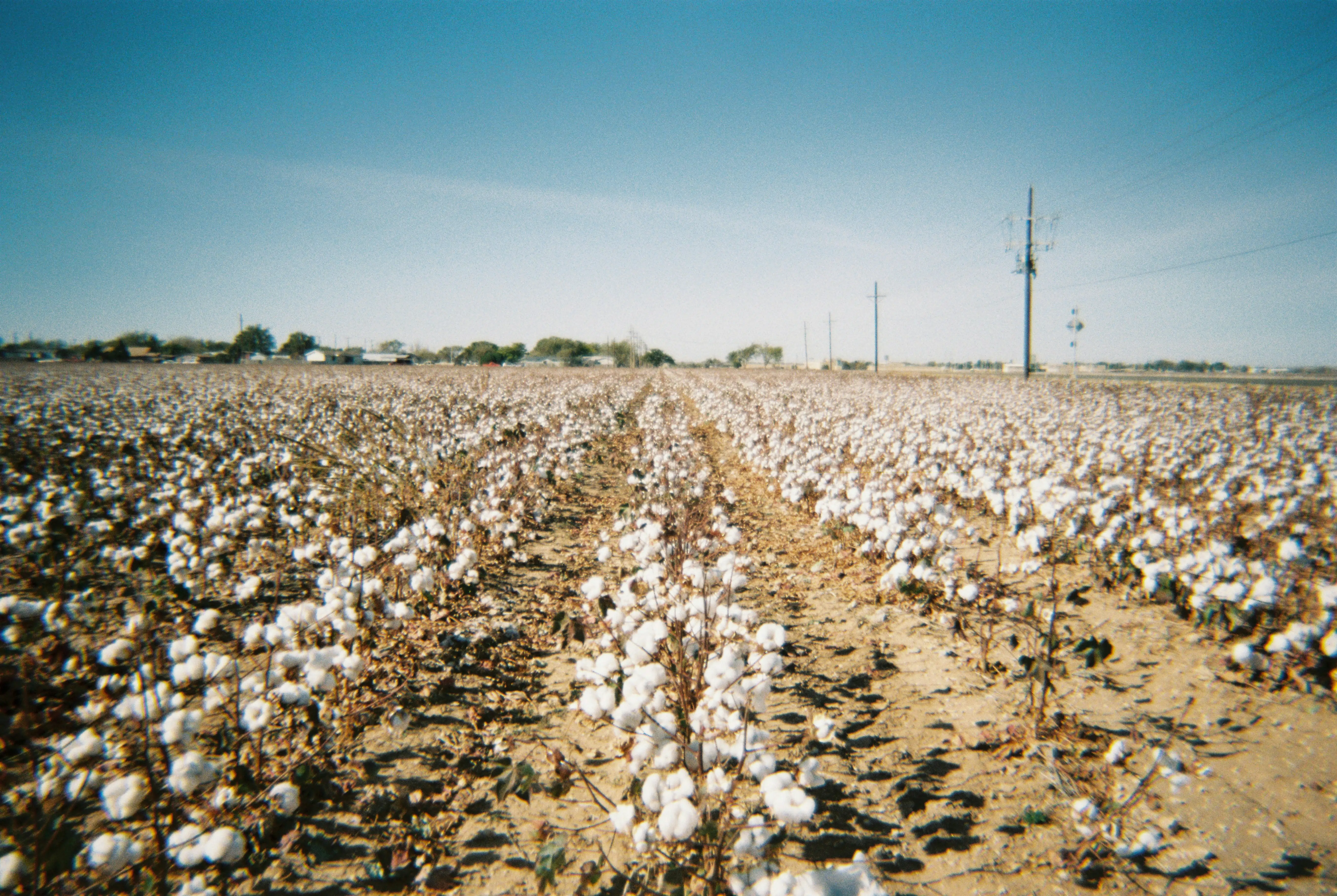MUST READ ART BLOGS
Eco-art: 4 ways to make your sustainable artworks

With the environmental issues affecting the earth and our daily lives, we as people living on this planet have to adapt and become more sustainable in our daily lives. Here are 4 ways in which even you can make a difference when creating art.
Photo by Annie Spratt on Unsplash
Can Sustainable Practices be Applied in the Art Industry?
Art in its foundation is considered very unsustainable. Paint itself is some of the least sustainable products we make. Not only is paint polluting, but the practice of painting itself is one of the most water intensive in the industry, using up to 20 litres of water per 1 litre of paint produced. But it isn’t all bleak, as the demand for Corporate Social Responsibility (CSR) and sustainability becomes more represented, people in the industry have devised many ways in which you could also create a more sustainable artwork.
Companies have been exploring and incorporating CSR to create a purpose-driven initiative that affects how clients or consumers view their company. According to Horizon Media’s Finger on the Pulse study, 81% of millennials expect companies to declare their corporate citizenship publicly in consideration of the environment (Lein, 2018). This metric isn’t limited to only Millennials. In fact, a mixed study of 1,004 respondents coming from the US & UK had 88% of respondents saying that they would like brands to be more environmentally friendly (Futerra, 2018). So whether you’re an emerging artist or someone who’s looking to paint for fun but want to avoid ruining the environment and your health, here are the top 5 ways how you can create sustainable artwork.
Eco-friendly paints
Acrylic and oil paints are two of the most commonly used paints in the fine art industry and both of which have each their own downsides. Acrylic paint are made out of a petroleum-based polymer which contain lots of microplastics that can leave long-lasting after effects to the earths sea. On the other hand, oil paints require the use of toxic materials such as paint thinners and turpentine to clean the brushes.
Low and Zero Volatile Organic Compound paint or VOC paint is one option that does a great job at being less harmful to humans and the environment. Consumers who use regular paints that commonly contain VOC has experienced short and long-term effects to their health, due to their exposure with the chemical. Another alternative is watercolour, as they are the most sustainable and least impactful paint that you can easily find in your local art store.
Upcycling
Perhaps one of the simplest and creative ways to create sustainable art is through Upcycling. Upcycling is the process of creatively reusing materials or thrown away products into new mediums and products. Often times, reusing materials into a work of art have been seen to boost artistic value while being environmentally friendly in the process. With this, sustainability can be a strategy for an artist. A good example of upcycling can be seen in Noémi Zelenák’s artwork, Roles. Nr. 6. This piece reuses collages from magazines and upcycles paper materials into this specific collection.
ROLES NR.6 by Noémi
Organic Canvases and Alternative Mediums
The common canvas is made up of many different materials depending on the brand, from cotton, linen, PVC and even hemp. If you’re looking to paint on a canvas that’s the most sustainable, try using Organic Raw Cotton or Paper as an alternative choice for a medium to paint on. If the canvas has PVC mixed in it then it is not biodegradable. Using organic cotton means less water used compared to non-organic cotton, which is grown with the use of harmful chemicals, pesticides and many more genetically engineered substances that harm the environment.
Sustainable Paint and Waste Disposal
Perhaps one of the most dismissible and forgotten practice in painting is recklessly throwing away unused portions of paint down the drain or on the ground. As mentioned before, many paints have toxic materials that can infect soil and water sources. Cities usually have Hazardous Waste Disposals where you can store all the used hazardous paints and materials and dispose of them there. Alternatively, painters can also choose to invest in a Mobile Paint Wash System, a tool to control waste water that makes disposing and cleaning paints a lot more convenient.
Victory Art and Sustainability
As a part of Art Community, we are becoming more and more conscious of the impact of art on our environments, many artists in our gallery have begun implementing more mixed media that are more environmentally friendly. Using more conscious materials and saving resources such as water and harmful substances, While keeping the same quality and beauty of the paintings. Therefore, we invite you to check out our online art gallery for unique sustainable artworks in Sustainable Collection made by our artists here!
Sustainable art
CHECK OUT OUR BEST BLOGS

.webp)

.webp)
.webp)
.webp)
.webp)
.webp)











.jpg)